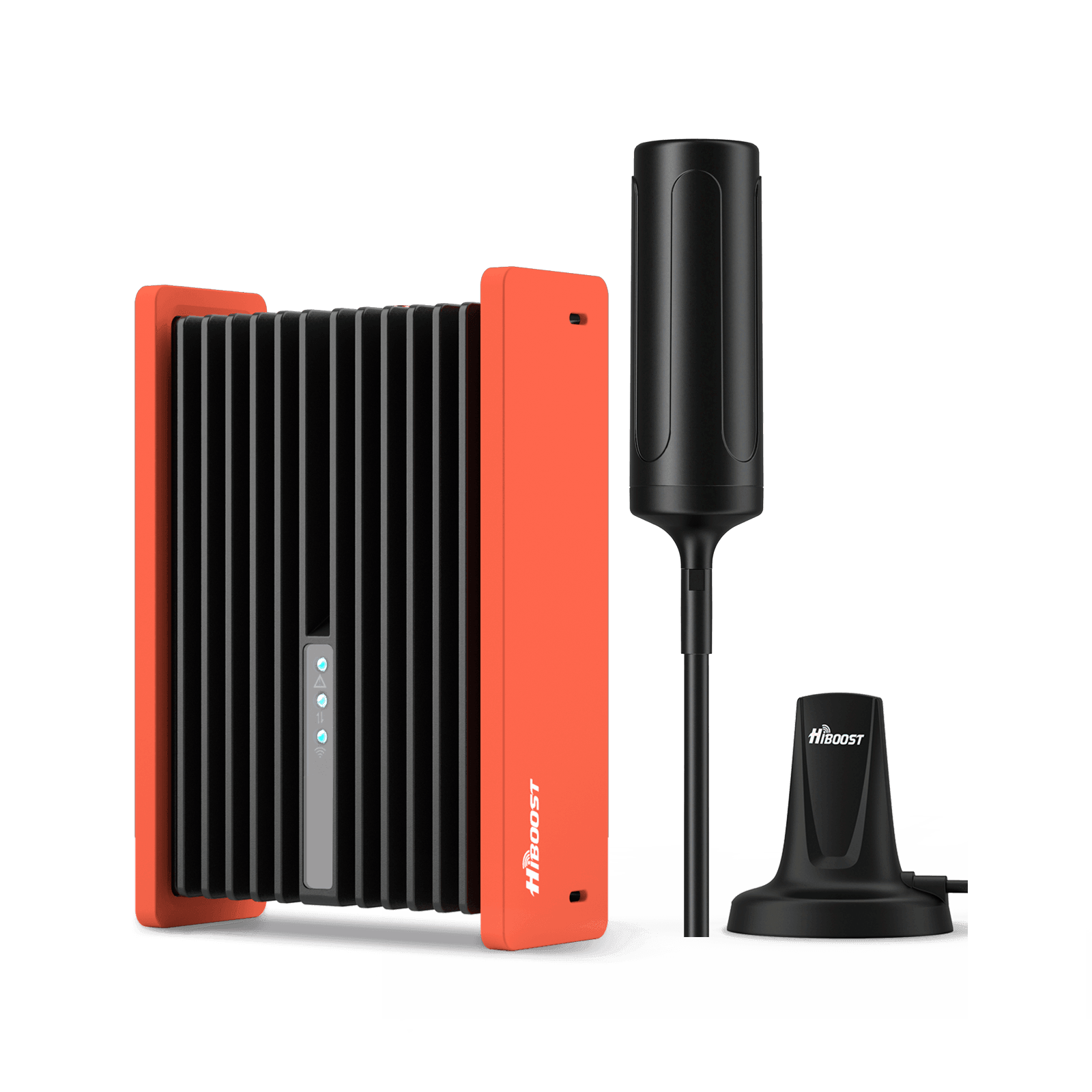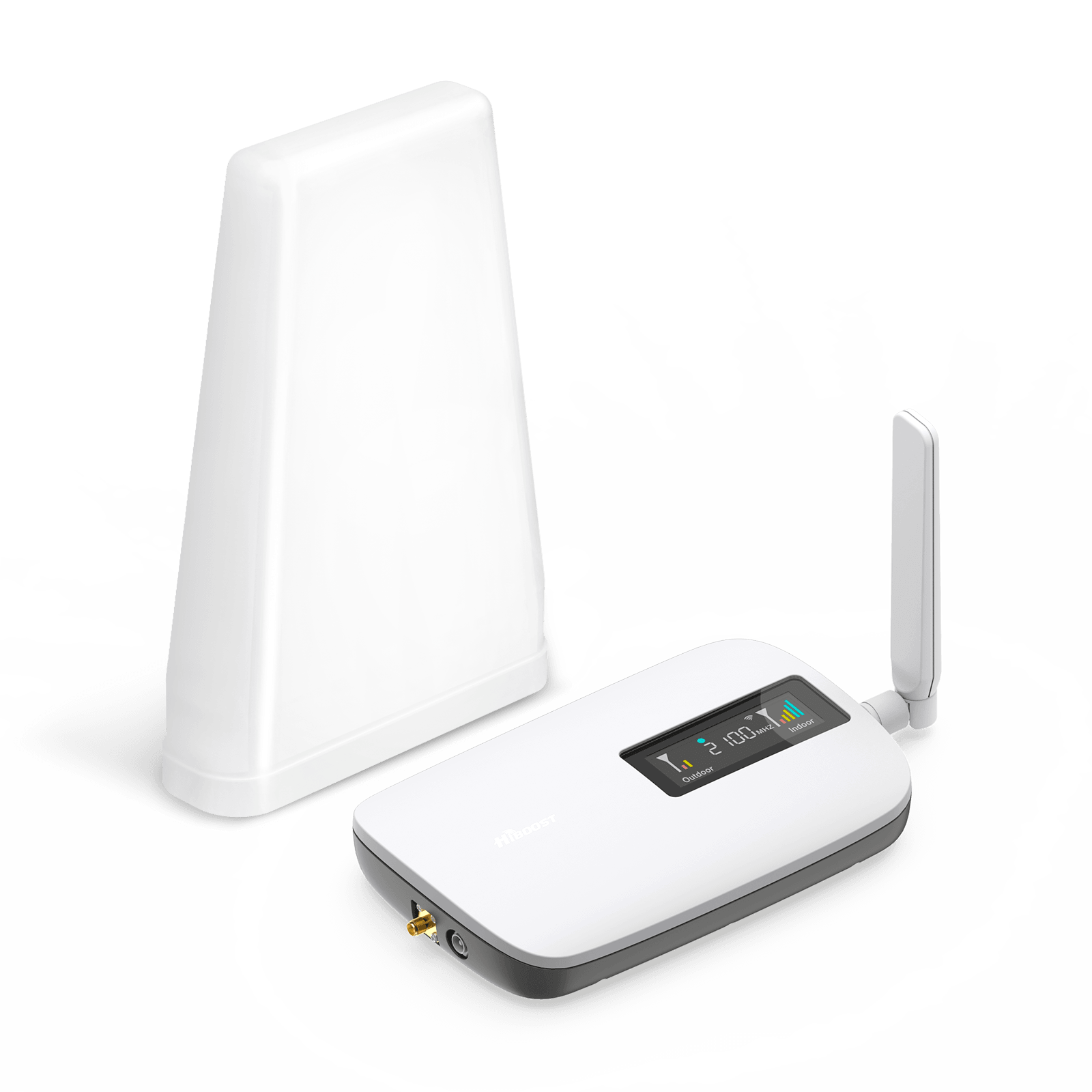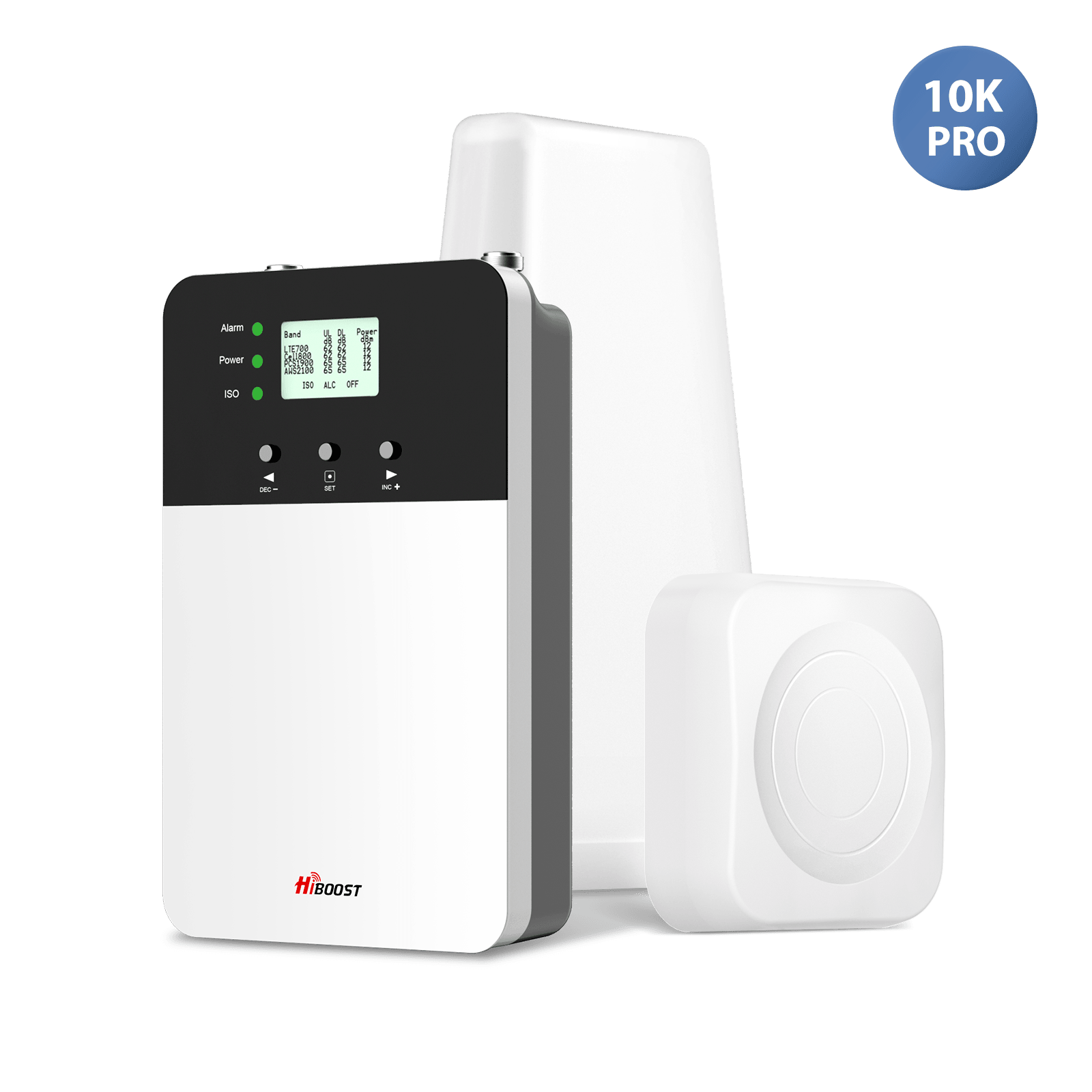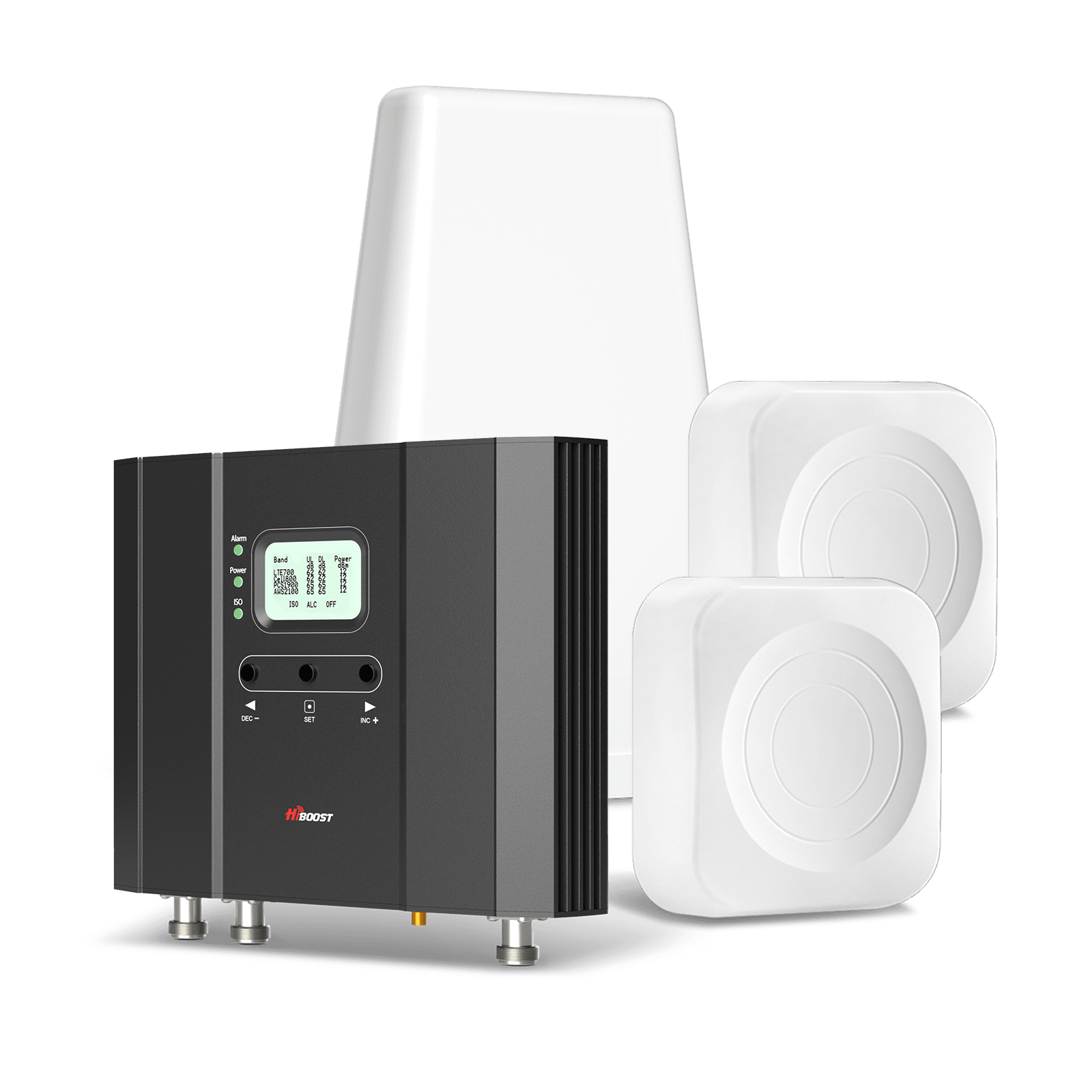Sometimes mobile networks aren’t all they crack up to be. Even some of the ones most widely touted as the best in the nation can leave their customers dealing with dead zones, dropped calls, or slow mobile data speeds. That’s why network signal boosters or cell phone signal boosters have become increasingly popular. A network signal booster has become the average person’s solution to shoddy wireless coverage.
What is a Network Signal Booster and How Does it Work?


Often referred to as a cell phone signal booster or by technical people as a bi-directional amplifier a network signal booster is a device that boosts radio waves. It does this by using three simple components. First, an outdoor or donor antenna is installed on a roof in a similar fashion to a satellite for television. This antenna takes the signal around your home or office and brings it inside. This allows the weak signal to be improved while skipping common causes of a poor signal such as construction materials or obstructions close to the ground.
After the outer antenna receives this signal it is passed through a low loss coaxial cable to the network signal booster. The network signal booster will then amplify and increase the power and quality of that signal. Once the signal has been amplified it distributes it to another internal antenna or several internal antennas for larger-scale solutions. These indoor antennas provide boosted signal for rooms and whole buildings if the network signal booster is powerful enough.
A network signal booster even works both ways. So if someone makes a call in the boosted area the network signal booster will provide the same benefits as incoming calls.
Choosing a Network Signal Booster
Choosing a network signal booster can be an important and potentially expensive choice. With them ranging from just a few hundred dollars to close to a thousand dollars. There are two primary ways to choose your network signal booster, first, you should consider the amount of square footage you need to cover and secondly how much of a boost you need.
Square footage is simple to calculate. Most prefer to cover their entire residence with a boosted signal, but some users only need certain parts of their home boosted either because they don’t use areas or some parts of their home already receive an adequate signal. As for the second criteria this can be more difficult to determine.
First one should check how much signal they receive outside the building they are trying to add coverage to. The weaker the outdoor signal the stronger the amplifier they will need. Next, if you have a more than the typical number of users you should again select one of the stronger boosters, typically this is only an issue at the commercial or industrial level though.
HiBoost offers many types of boosters suitable for all kinds of networks. From small homes to mid and even large sized residences our boosters are capable of providing the network extension that you need. For any further assistance selecting a network signal booster give us a call at 972-870-5666 or email us at info@hiboostusa.com.







Leave a comment
All comments are moderated before being published.
This site is protected by hCaptcha and the hCaptcha Privacy Policy and Terms of Service apply.